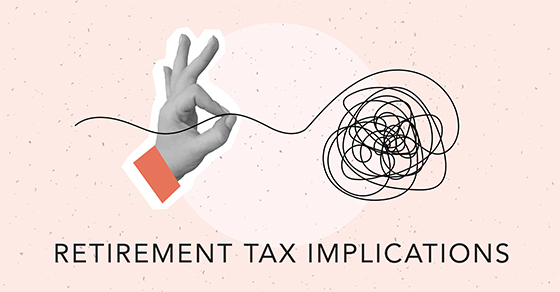Is College Financial Aid Taxable? A Crash Course for Families
College can be expensive. According to the College Board, the average sticker price for tuition and fees at private colleges was $43,350 for the 2024–2025 school year. The average cost for tuition and fees for out-of-state students at public colleges…
Milestone Moments: How Age Affects Certain Tax Provisions
They say age is just a number — but in the world of tax law, it’s much more than that. As you move through your life, the IRS treats you differently because key tax rules kick in at specific ages….
The Advantages of a Living Trust For Your Estate Plan
Do you believe you don’t need to worry about estate planning because of the current federal estate tax exemption ($13.99 million per individual or $27.98 million for married couples in 2025)? Well, think again. Even with this substantial exemption, creating…
Digital Assets and Taxes: What You Need to Know
As the use of digital assets like cryptocurrencies continues to grow, so does the IRS’s scrutiny of how taxpayers report these transactions on their federal income tax returns. The IRS has flagged this area as a key focus. To help…
Explore SEP and SIMPLE Retirement Plans for Your Small Business
Suppose you’re thinking about setting up a retirement plan for yourself and your employees. However, you’re concerned about the financial commitment and administrative burdens involved. There are a couple of options to consider. Let’s take a look at a Simplified…
Planning for the Future: 5 Business Succession Options and Their Tax Implications
When it’s time to consider your business’s future, succession planning can protect your legacy and successfully set up the next generation of leaders or owners. Whether you’re ready to retire, you wish to step back your involvement or you want…
Financial Relief for Families: The Benefits of the Child Tax Credit
The Child Tax Credit (CTC) has long been a valuable tax break for families with qualifying children. Whether you’re new to claiming the credit or you’ve benefited from it for years, it’s crucial to stay current on its rules and…
Taming the Tax Tangle if You’re Retiring Soon
Retirement is often viewed as an opportunity to travel, spend time with family or simply enjoy the fruits of a long career. Yet the transition may bring a tangle of tax considerations. Planning carefully can help you minimize tax bills….
Looking Ahead to 2025 Tax Limits as You Prepare to File Your 2024 Return
Chances are, you’re more concerned about your 2024 tax return right now than you are about your 2025 tax situation. That’s understandable because your 2024 individual tax return is due to be filed by April 15 (unless you file for…
The Standard Business Mileage Rate Increased in 2025
The nationwide price of gas is slightly higher than it was a year ago and the 2025 optional standard mileage rate used to calculate the deductible cost of operating an automobile for business has also gone up. The IRS recently…










